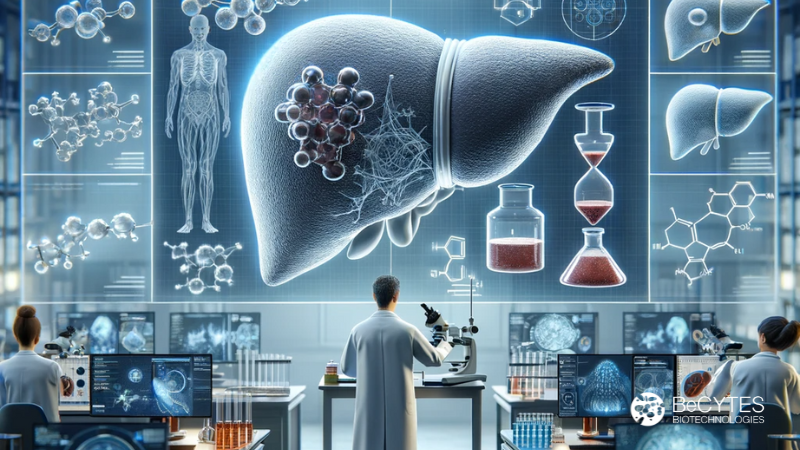
Exploring the pros and cons of diverse tissue formats for research
Exploring the pros and cons of diverse tissue formats for research
The choice between using a certain tissue format in research depends on various factors, including the nature of the study, experimental design, and the specific requirements of the research project.
Fresh, fresh frozen, and formalin-fixed paraffin-embedded (FFPE) tissues have advantages and limitations, and as a researcher, you need to carefully consider your goals before deciding.
Let’s see what their strengths and weaknesses are.
Fresh tissue samples
Fresh tissue generally preserves cell viability better than any other type of tissue. This is crucial for studies that require live cells for functional assays or experiments as the development of organoids. A tissue that has not been subjected to any external process to ensure its long-term preservation will better retain enzymatic activity and provide high-quality and quantity genetic material for genetic analysis.
The two main limitations of fresh tissue are its limited availability and demanding access and the short time available for experimentation before tissue degradation occurs.
.
Formalin-fixed paraffin-embedded tissue samples
The benefits of FFPE involve long-term storage at room temperature and cross-linking of biomolecules, maintaining tissue morphology, and rendering FFPE tissues appropriate for immunohistochemical staining. These samples are easily available, as FFPE is easy and routinely performed in the pathology department of most centers.
Nevertheless, the formalin fixation process leads to the deterioration of nucleic acids and triggers sequence artifacts, potentially restricting the applicability of FFPE tissue in genetic, epigenetic, and gene expression analyses. The quality and quantity of DNA and RNA are affected by this preservation method, although reliable gene expression analysis can be carried out, provided that proper quality control is performed.
.
Fresh frozen tissue samples
Fresh frozen tissue for gene expression analysis is considered the gold standard, as fresh tissue is not as easily accessible. The ultra-fast freezing process, usually performed using liquid nitrogen, allows the preservation of the native biological state, higher quality biomolecules, and flexibility in downstream applications.
Although its long-term storage is also possible, samples must be kept at -80°C, which makes them vulnerable to power outages or mechanical failures. Other disadvantages include tissue degradation over time and rapid processing requirements.
.
Cytes Biotechnologies, we are specialists in fresh tissue collection
BeCytes Biotechnologies has created a platform capable of coordinating the donation of human tissues and cells for biomedical research purposes, which encompasses strong collaborations with national and international procurement centers, biobanks, and hospitals that allow us to provide the researchers with a wide range of tissue samples.
We offer a wide variety of tissue formats upon request:
-
- Fresh tissue
- Fresh frozen samples
- OCT frozen slides, curls, and blocks
- FFPE slides, curls, and blocks
- H&E stained & unstained
- RNA later
At Becytes, our experts can help you decide which tissue format suits your research needs better.
There is no right tissue format; there is only a right choice. Contact us!
.
References
Gao XH, Li J, Gong HF, Yu GY, Liu P, Hao LQ, et al. Comparison of Fresh Frozen Tissue With Formalin-Fixed Paraffin-Embedded Tissue for Mutation Analysis Using a Multi-Gene Panel in Patients With Colorectal Cancer. Front Oncol. 2020;10:310.
Jacobsen SB, Tfelt-Hansen J, Smerup MH, Andersen JD, Morling N. Comparison of whole transcriptome sequencing of fresh, frozen, and formalin-fixed, paraffin-embedded cardiac tissue. Weisz A, editor. PLoS ONE. 2023;18(3):e0283159.
Lüder Ripoli F, Mohr A, Conradine Hammer S, Willenbrock S, Hewicker-Trautwein M, Hennecke S, et al. A Comparison of Fresh Frozen vs. Formalin-Fixed, Paraffin-Embedded Specimens of Canine Mammary Tumors via Branched-DNA Assay. Int J Mol Sci. 2016;17(5):724.





